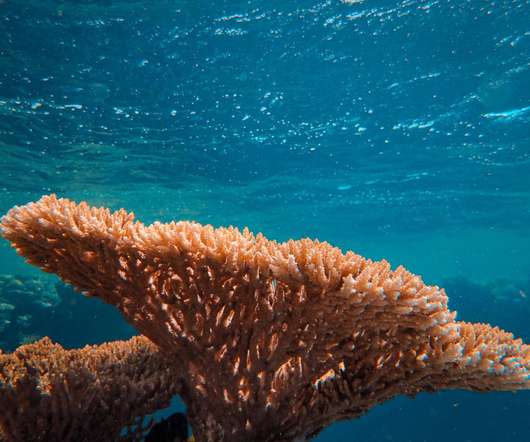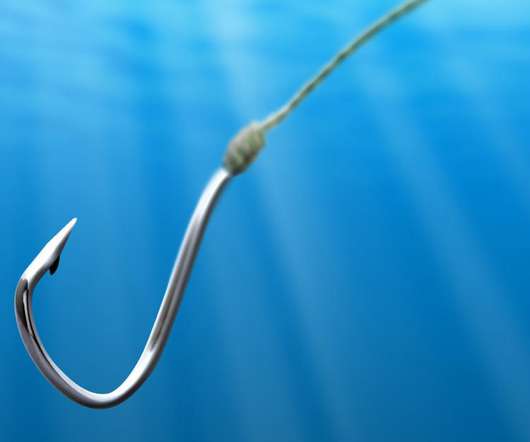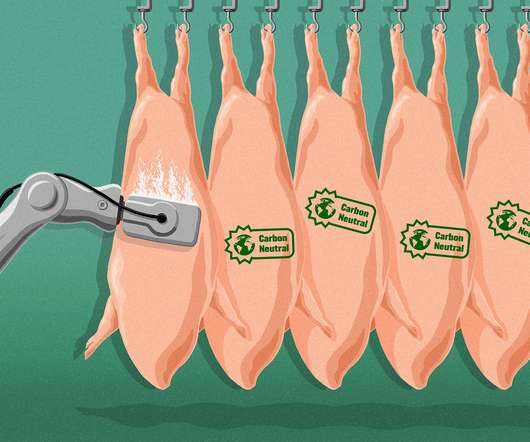Rising sea temperatures and coral loss: “Most detailed scientific picture to date”
Envirotec Magazine
OCTOBER 5, 2021
Ocean acidification, global warming, pollution: the causes of these threats are many and particularly difficult to address, insofar as they are extremely diffuse, and result from our entire development paradigm. Between 2010 and 2019, the amount of algae has increased by 20 per cent, corresponding with declines in hard coral cover.














Let's personalize your content